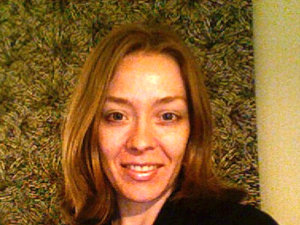
Rebecca Beardmore Borrowed Scenery, 2001 208 x 408 cm (x5) silkscreen, semis translucent mirror film, sandblasted acrylic
Art & Design assistant professor Amanda Boetzkes will rely on archival research, which includes visiting libraries, galleries, and exhibitions, along with critical theory in order to conduct her research on Waste, Contemporary Art and the Aesthetics of Excess. Boetzkes, who received $61,983 from SSHRC to investigate the use and representation of human garbage in contemporary art, will travel to New York, Washington, D.C. and Vancouver, in order to have access to the archived images that will help her unravel the growing trend of using garbage in various art forms. Boetzkes will also study waste management while visiting several landfills. She argues that the appearance of durable garbage in art is symptomatic of a drive to interrogate the current era of globalization through its patterns of consumption and waste.
"Artists are describing a paradigm shift related to this new materiality, showing it as a condition of the world while trying to critique it as well," says Boetzkes, referring specifically to the presence of non-decaying materials such as plastics that artists tend to utilize. "They are trying to air our desire for these kinds of objects, and at the same time showing how that desire is ultimately destructive."